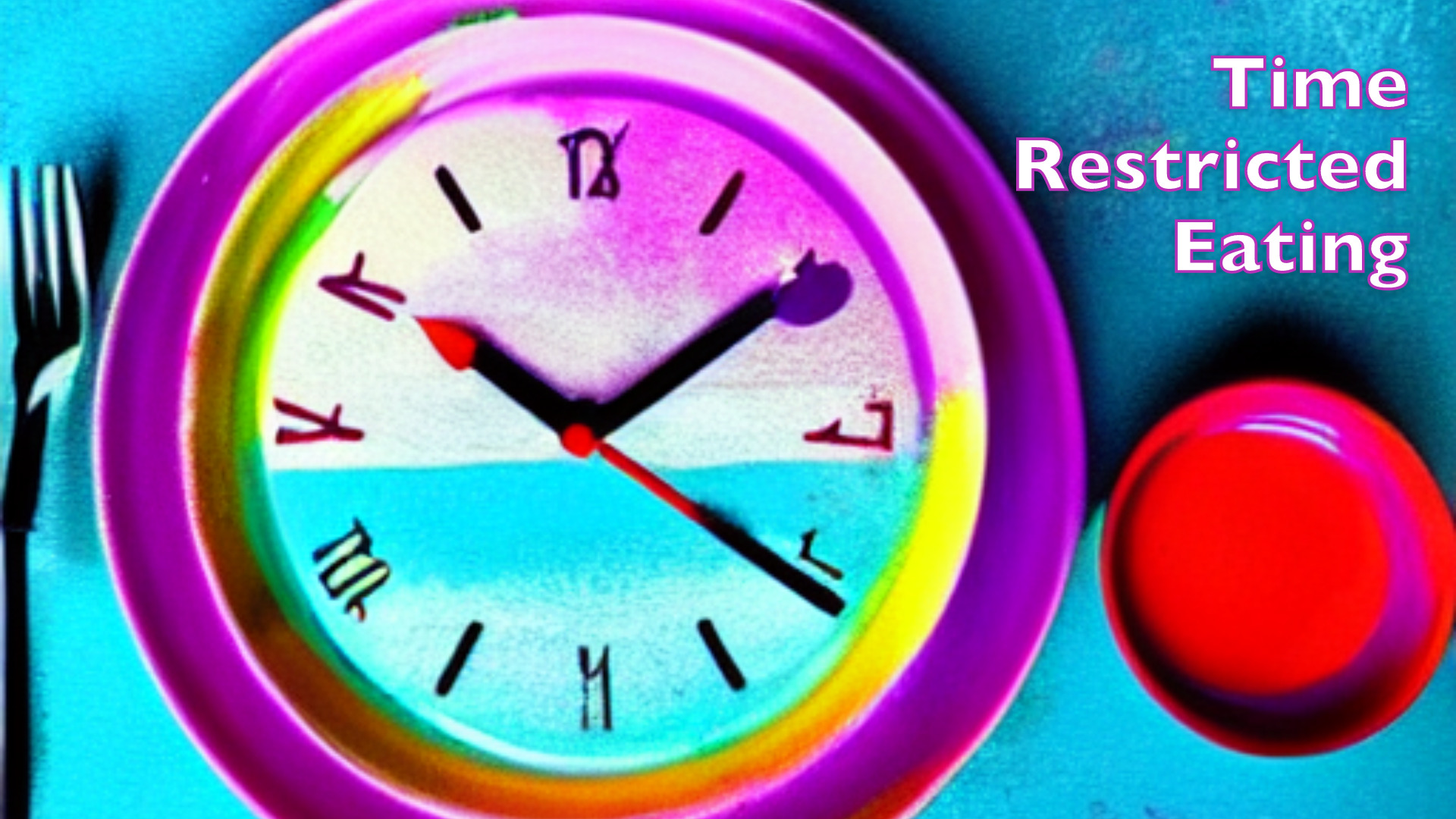
13
January
Time Restricted Eating For Better Health?
13 January 2023
In Medical News, SocMedia
Time Restricted Eating, also known as time-restricted feeding or intermittent fasting, is an approach to eating that has gained increasing popularity in recent years. It is based on the idea that by reducing the time period in which we eat, we can reap various health benefits. Many already practice this eating approach, but if you are new to this idea, let’s break it down to help you get started.
Time Restricted Eating (TRE) is an eating pattern where meals are consumed within a specific time frame each day, usually between 8 and 12 hours, and abstaining from food outside that window. It is important to note that TRE does not involve calorie restriction, and it does not necessarily involve fasting. Instead, it is about creating a pattern of eating within a specific time window to allow the body to rest and reset between meals.
Now that you have a basic understanding of what TRE is:
👉 Decide on your eating window, for example, from 12 pm to 8 pm.
👉 Focus on eating nutrient-dense and high-quality foods.
👉 Plan meals and snacks that align with your goals.
👉 Be mindful of portion sizes.
👉 Consider keeping a food journal to track when and what you eat to monitor progress.
The best way to manage TRE is by finding a schedule that works for you and sticking to it. Make sure to include ample time for meals, snacks, and hydration, and try to avoid eating too close to bedtime.
Studies have shown that TRE can reduce body fat, improve insulin sensitivity, and lower blood pressure. TRE can also reduce inflammation, improve cholesterol levels, and even protect against neurodegenerative diseases. Furthermore, it can positively affect cognition, mood, and physical activity levels.
However, further research is needed to understand the full effects of TRE, and researchers continue to study it.


